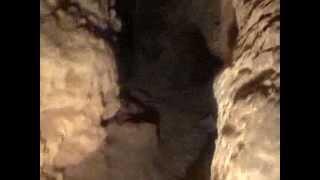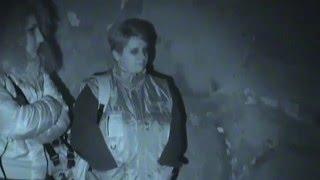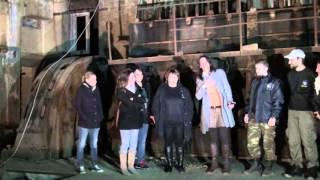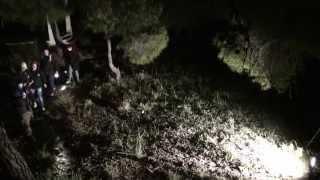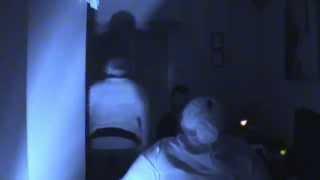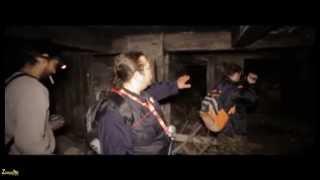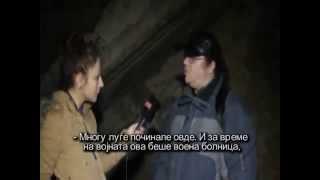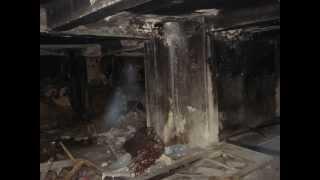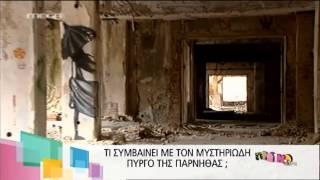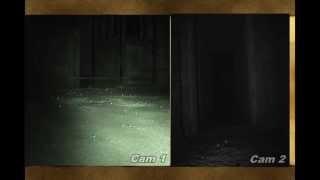On investigation at Shanes Castle.
History
It s impossible to trace the centuries, the date or manner of edifice first built on this dramatic site. Probably the present ruins replaced an earlier stronghold built in the 16th century and originally called Edenduffcarrick.
An account of the rebellion in Ulster states that in 1596, “on the edge of Lough Neagh standeth a runiated pile called Edendow Carreck, which, being made wardable, could be converted into a store for provisioning Blackwater and Coleraine in case of sea storms.” This Castle changed hands repeatedly, and, finally, in 1607, James I settled the Castle and Estate upon Shane McBrian O’Neill, whose family had held it at various times previously. The name “Shane’s Castle" is probably derived from this man.
In all probability, the oldest part of the ruins were built at the time of the Plantation, and unfortunately, this is the part which was largely destroyed in the fire of 1816. The Castle gradually increased in size over the years, until approximately 1780 when it had become a very fine castellated structure. The illustration below dates from this period, and shows that landscaping of the Park was already well established. Reference to the earlier illustration on the previous page shows that a village previously existed on the edge of Lough Neagh and adjoining the Castle. As far as is known, this village was removed shortly before 1780.
John 1st Viscount O’Neill, lived at Shane’s during this time up to his death in 1798. His wife was a great friend of Mrs. Siddons, the famous actress, who became a frequent visitor to the Castle. She wrote, “I have no words to describe the beauty and splendour of this enchanting place which, I’m sorry say has been levelled by fire. Here was often assembled all the talent, and rank, and beauty of Ireland. The luxury of this establishment almost inspired the recollection of an Arabian Nights entertainment.”
Earl O’Neill succeeded his father in 1798, and about ten years later, entrusted his ideas for a further expansion of the Castle, to the famous architect Nash. Regent’s Street, Regent’s Park, Carlton House Terrace, and Buckingham Palace were all designed by Nash, the leading architect of his day. He built both in the Classic style, as at Buckingham Palace, and in the Gothic castellated style, as at Shane’s Castle. The main object of the plan was to give the house a southern aspect, whereas, previously, it faced east.
In 1816, only the terrace and Conservatory had been completed, when the main block of the Castle was destroyed by fire. Legend attributes the cause of the fire to the Banshee. Normally, a room was kept empty for her use, but on this occasion, a large house party needed every room. She was so angry at finding her room occupied that she set the Castle on firm. In fact a jackdaw's nest caught fire at the top of the chimney, unused for many years, eventually crashing down into the room.
The terrace, even though no longer surrounded by water, is a permanent reminder of Nash's scale of building, and the ast uncompleted rooms would have commanded a fine view over the Lough. The completed conservatory is an exact copy of the one Nash built for himself at East Cowes Castle, Isle of Wight. Today, it houses one of the finest collections of Camelias in the United Kingdom: they are over 100 years old.
History
It s impossible to trace the centuries, the date or manner of edifice first built on this dramatic site. Probably the present ruins replaced an earlier stronghold built in the 16th century and originally called Edenduffcarrick.
An account of the rebellion in Ulster states that in 1596, “on the edge of Lough Neagh standeth a runiated pile called Edendow Carreck, which, being made wardable, could be converted into a store for provisioning Blackwater and Coleraine in case of sea storms.” This Castle changed hands repeatedly, and, finally, in 1607, James I settled the Castle and Estate upon Shane McBrian O’Neill, whose family had held it at various times previously. The name “Shane’s Castle" is probably derived from this man.
In all probability, the oldest part of the ruins were built at the time of the Plantation, and unfortunately, this is the part which was largely destroyed in the fire of 1816. The Castle gradually increased in size over the years, until approximately 1780 when it had become a very fine castellated structure. The illustration below dates from this period, and shows that landscaping of the Park was already well established. Reference to the earlier illustration on the previous page shows that a village previously existed on the edge of Lough Neagh and adjoining the Castle. As far as is known, this village was removed shortly before 1780.
John 1st Viscount O’Neill, lived at Shane’s during this time up to his death in 1798. His wife was a great friend of Mrs. Siddons, the famous actress, who became a frequent visitor to the Castle. She wrote, “I have no words to describe the beauty and splendour of this enchanting place which, I’m sorry say has been levelled by fire. Here was often assembled all the talent, and rank, and beauty of Ireland. The luxury of this establishment almost inspired the recollection of an Arabian Nights entertainment.”
Earl O’Neill succeeded his father in 1798, and about ten years later, entrusted his ideas for a further expansion of the Castle, to the famous architect Nash. Regent’s Street, Regent’s Park, Carlton House Terrace, and Buckingham Palace were all designed by Nash, the leading architect of his day. He built both in the Classic style, as at Buckingham Palace, and in the Gothic castellated style, as at Shane’s Castle. The main object of the plan was to give the house a southern aspect, whereas, previously, it faced east.
In 1816, only the terrace and Conservatory had been completed, when the main block of the Castle was destroyed by fire. Legend attributes the cause of the fire to the Banshee. Normally, a room was kept empty for her use, but on this occasion, a large house party needed every room. She was so angry at finding her room occupied that she set the Castle on firm. In fact a jackdaw's nest caught fire at the top of the chimney, unused for many years, eventually crashing down into the room.
The terrace, even though no longer surrounded by water, is a permanent reminder of Nash's scale of building, and the ast uncompleted rooms would have commanded a fine view over the Lough. The completed conservatory is an exact copy of the one Nash built for himself at East Cowes Castle, Isle of Wight. Today, it houses one of the finest collections of Camelias in the United Kingdom: they are over 100 years old.
Sign in or sign up to post comments.
Be the first to comment





